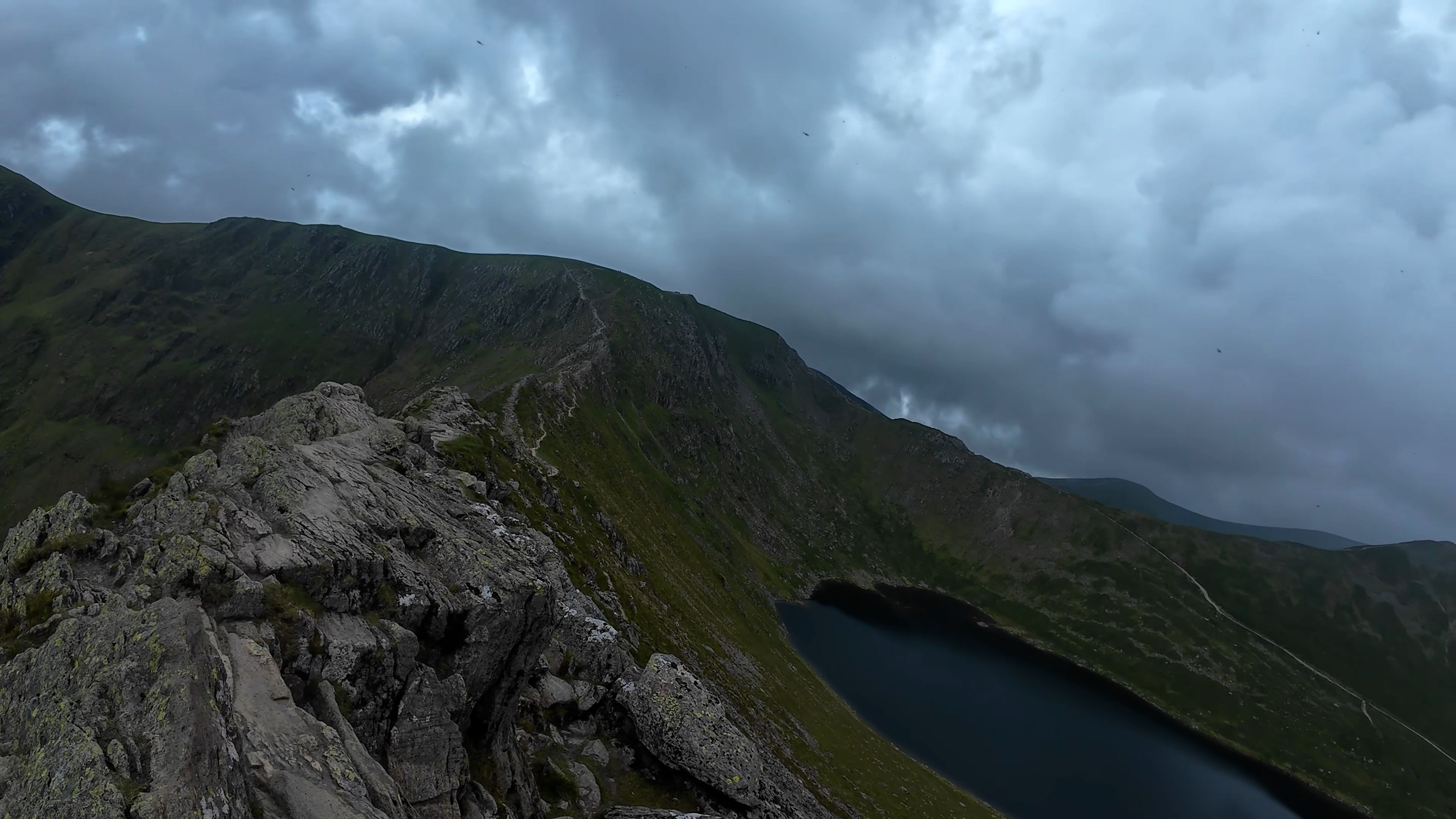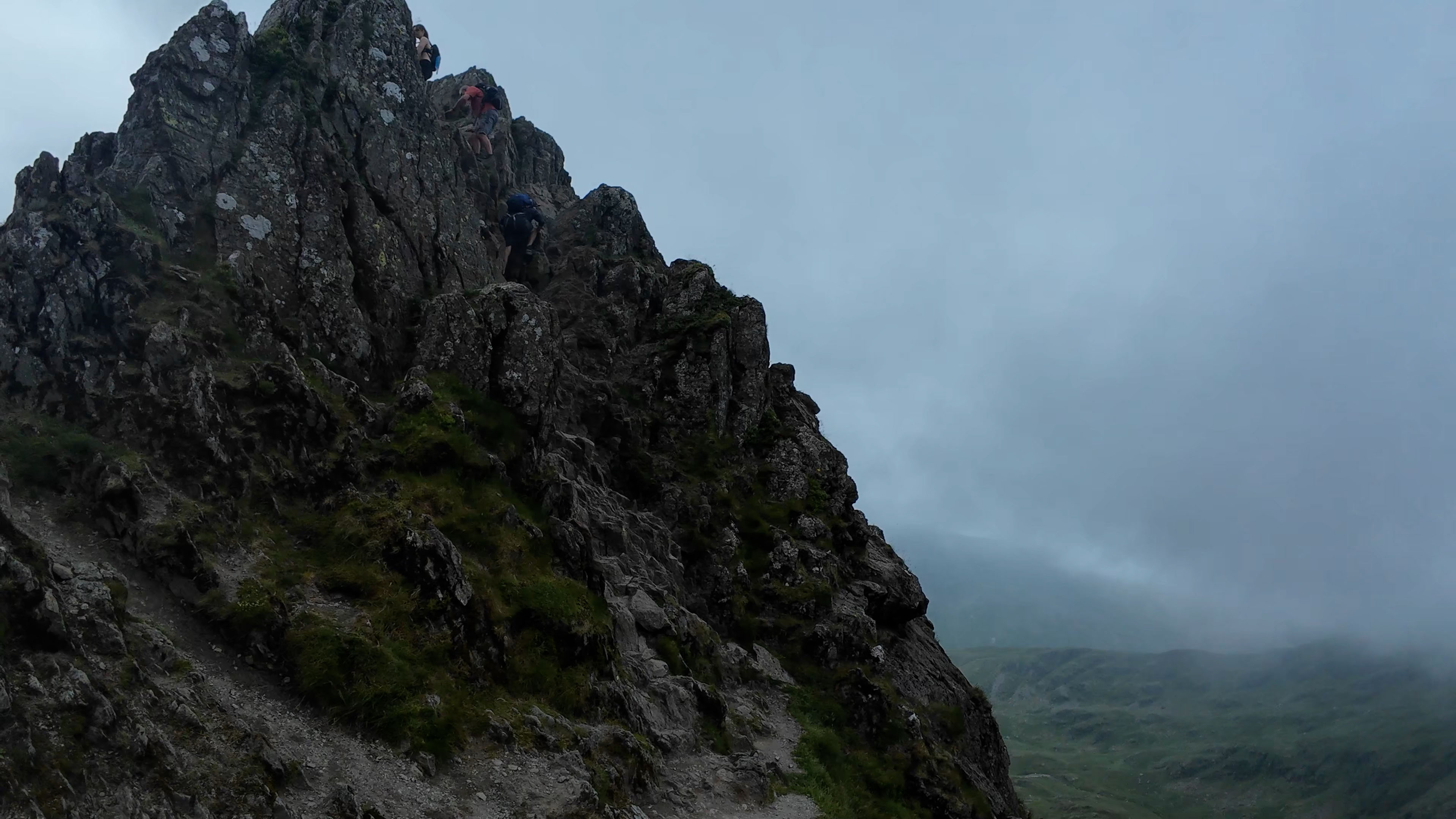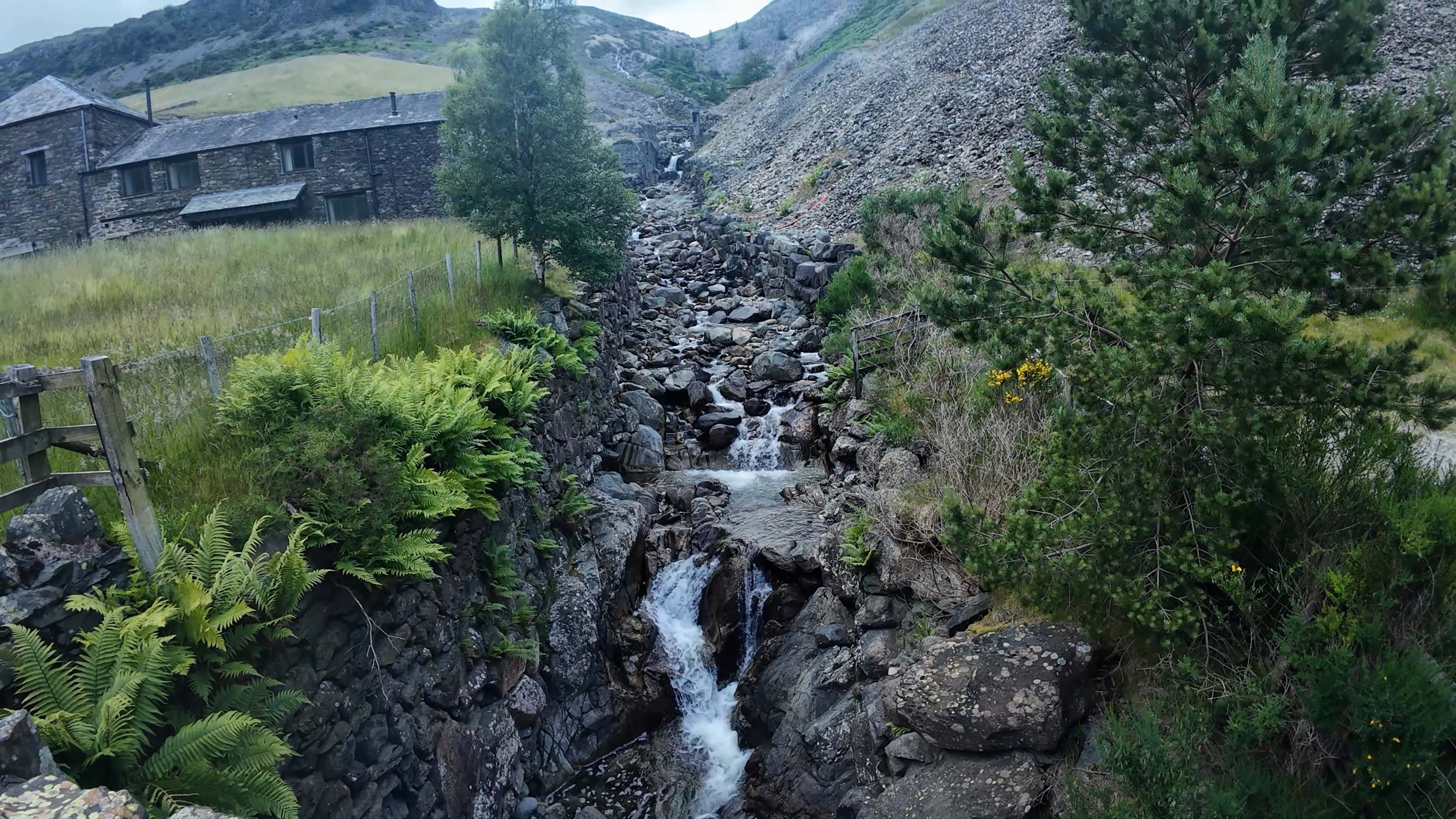Helvellyn via Striding Edge.
My journey to Helvellyn on the 25th of June 2024 offered a mix of challenging climbs and breathtaking views. Setting out from Glenridding, we aimed to cross Striding Edge and experience the striking beauty of Helvellyn’s high peaks. With clear skies to start, the hike was a really fun and enjoyable day out.
Helvellyn: Location and Height.
Helvellyn stands proudly in the Lake District, Cumbria, England, part of the Eastern Fells. Rising to an impressive height of 3,117 feet (950 metre), it claims the title of England’s third-highest peak. Helvellyn has captured the admiration of many, including Alfred Wainwright, who famously remarked, “It’s the most popular mountain in Lakeland.” Wainwright’s praise feels wholly deserved, as Helvellyn combines challenging ascents with unrivalled views.
Formation of Helvellyn.
Helvellyn’s creation stretches back millions of years, shaped by both volcanic activity and glacial movement. Its rugged structure emerged from ancient eruptions, forming the hard volcanic rock that characterises much of the Lake District’s geology. During the last Ice Age, glaciers carved out the deep valleys and sculpted the edges, leaving behind the steep crags and sharp ridges we see today. These natural forces have bestowed Helvellyn with its distinctive, awe-inspiring landscape.
Striding Edge, Swirral Edge, and Red Tarn.

Two prominent ridges define Helvellyn’s character: Striding Edge and Swirral Edge. Striding Edge is a narrow, rocky crest, while Swirral Edge offers a slightly shorter, but equally demanding, route. These ridges are famed for their exposure and dramatic drops.
At the foot of these edges lies Red Tarn, a striking mountain lake. Formed by glacial action, the tarn reaches depths of around 82 feet (25 metres). This secluded body of water, nestled beneath Helvellyn’s peaks, adds a touch of tranquillity to the otherwise rugged surroundings. Red Tarn’s clear waters reflect the surrounding crags, creating a serene backdrop that complements the harsher ridges.
Route from Glenridding via Hole In The Wall and the Chimney.

We began our climb from Glenridding, a small village that serves as a gateway to Helvellyn. The initial path was well-trodden and relatively steady, allowing for a comfortable start. As we continued, the landscape became rockier, signalling the approach to the famed Hole In The Wall. This natural feature, a gap in a stone wall, marked the beginning of the more demanding section of the route.
Beyond the Hole In The Wall, the ground levels off slightly before reaching Striding Edge, Striding Edge is fun to cross, but you need to be very careful as people have sadly died crossing the edge, at the end of the Edge, you have the chimney, a steep decent of about 20/23 feet (6/7m). THis section does require utilizing all available hand and footholds to get down or up safely.
Descent via White Side and Glenridding Common.

The descent took us along White Side, a contrastingly gentle stretch compared to the sharp edges of the ascent. White Side offered a more relaxed route down. As we descended, the path led through Glenridding Common. The transition from rocky crags to lush greenery was a pleasant close to the hike, gradually leading back to the village of Glenridding.

